Travelers 2005 Annual Report Download - page 131
Download and view the complete annual report
Please find page 131 of the 2005 Travelers annual report below. You can navigate through the pages in the report by either clicking on the pages listed below, or by using the keyword search tool below to find specific information within the annual report.-
 1
1 -
 2
2 -
 3
3 -
 4
4 -
 5
5 -
 6
6 -
 7
7 -
 8
8 -
 9
9 -
 10
10 -
 11
11 -
 12
12 -
 13
13 -
 14
14 -
 15
15 -
 16
16 -
 17
17 -
 18
18 -
 19
19 -
 20
20 -
 21
21 -
 22
22 -
 23
23 -
 24
24 -
 25
25 -
 26
26 -
 27
27 -
 28
28 -
 29
29 -
 30
30 -
 31
31 -
 32
32 -
 33
33 -
 34
34 -
 35
35 -
 36
36 -
 37
37 -
 38
38 -
 39
39 -
 40
40 -
 41
41 -
 42
42 -
 43
43 -
 44
44 -
 45
45 -
 46
46 -
 47
47 -
 48
48 -
 49
49 -
 50
50 -
 51
51 -
 52
52 -
 53
53 -
 54
54 -
 55
55 -
 56
56 -
 57
57 -
 58
58 -
 59
59 -
 60
60 -
 61
61 -
 62
62 -
 63
63 -
 64
64 -
 65
65 -
 66
66 -
 67
67 -
 68
68 -
 69
69 -
 70
70 -
 71
71 -
 72
72 -
 73
73 -
 74
74 -
 75
75 -
 76
76 -
 77
77 -
 78
78 -
 79
79 -
 80
80 -
 81
81 -
 82
82 -
 83
83 -
 84
84 -
 85
85 -
 86
86 -
 87
87 -
 88
88 -
 89
89 -
 90
90 -
 91
91 -
 92
92 -
 93
93 -
 94
94 -
 95
95 -
 96
96 -
 97
97 -
 98
98 -
 99
99 -
 100
100 -
 101
101 -
 102
102 -
 103
103 -
 104
104 -
 105
105 -
 106
106 -
 107
107 -
 108
108 -
 109
109 -
 110
110 -
 111
111 -
 112
112 -
 113
113 -
 114
114 -
 115
115 -
 116
116 -
 117
117 -
 118
118 -
 119
119 -
 120
120 -
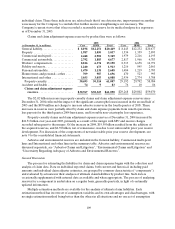 121
121 -
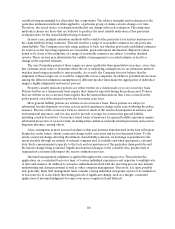 122
122 -
 123
123 -
 124
124 -
 125
125 -
 126
126 -
 127
127 -
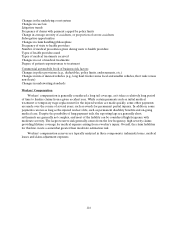 128
128 -
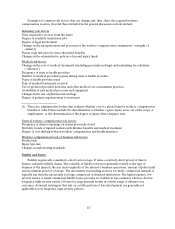 129
129 -
 130
130 -
 131
131 -
 132
132 -
 133
133 -
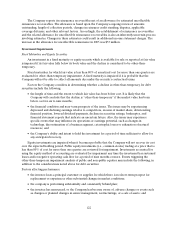 134
134 -
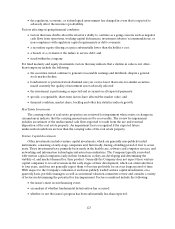 135
135 -
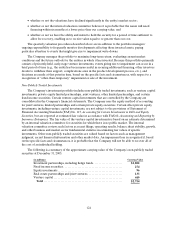 136
136 -
 137
137 -
 138
138 -
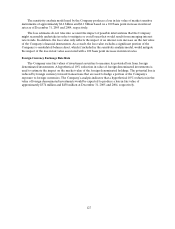 139
139 -
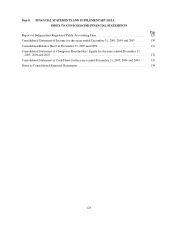 140
140 -
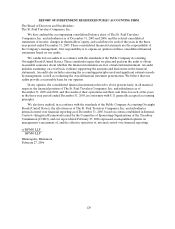 141
141 -
 142
142 -
 143
143 -
 144
144 -
 145
145 -
 146
146 -
 147
147 -
 148
148 -
 149
149 -
 150
150 -
 151
151 -
 152
152 -
 153
153 -
 154
154 -
 155
155 -
 156
156 -
 157
157 -
 158
158 -
 159
159 -
 160
160 -
 161
161 -
 162
162 -
 163
163 -
 164
164 -
 165
165 -
 166
166 -
 167
167 -
 168
168 -
 169
169 -
 170
170 -
 171
171 -
 172
172 -
 173
173 -
 174
174 -
 175
175 -
 176
176 -
 177
177 -
 178
178 -
 179
179 -
 180
180 -
 181
181 -
 182
182 -
 183
183 -
 184
184 -
 185
185 -
 186
186 -
 187
187 -
 188
188 -
 189
189 -
 190
190 -
 191
191 -
 192
192 -
 193
193 -
 194
194 -
 195
195 -
 196
196 -
 197
197 -
 198
198 -
 199
199 -
 200
200 -
 201
201 -
 202
202 -
 203
203 -
 204
204 -
 205
205 -
 206
206 -
 207
207 -
 208
208 -
 209
209 -
 210
210 -
 211
211 -
 212
212 -
 213
213 -
 214
214 -
 215
215 -
 216
216 -
 217
217 -
 218
218 -
 219
219 -
 220
220 -
 221
221 -
 222
222 -
 223
223 -
 224
224 -
 225
225 -
 226
226 -
 227
227 -
 228
228 -
 229
229 -
 230
230 -
 231
231 -
 232
232 -
 233
233 -
 234
234 -
 235
235 -
 236
236 -
 237
237 -
 238
238 -
 239
239 -
 240
240 -
 241
241 -
 242
242 -
 243
243 -
 244
244 -
 245
245 -
 246
246 -
 247
247 -
 248
248 -
 249
249 -
 250
250 -
 251
251 -
 252
252 -
 253
253 -
 254
254 -
 255
255 -
 256
256 -
 257
257 -
 258
258
 |
 |

119
components have minimum reserve risk and fast payouts and, accordingly, separate factors are not
presented.
Examples of common risk factors that can change and, thus, affect the required personal automobile
reserves (beyond those included in the general discussion section)include:
Bodily injury and property damage liability risk factors
Trends in jury awards
Changes in the underlying court system and its philosophy
Changes in case law
Litigation trends
Frequency of claims with payment capped by policy limits
Change in average severity of accidents, or proportion of severe accidents
Subrogation opportunities
Degree of patient responsiveness to treatment
Changes in claim handlingphilosophies
No-fault risk factors (for selected states and time periods)
Effectiveness of no-fault laws
Frequency of visits to health providers
Number of medical procedures given during visits to health providers
Types of health providers used
Types of medical treatments received
Changes in cost of medical treatments
Degree of patient responsiveness to treatment
Personal automobile book of business risk factors
Changes in policy provisions (e.g., deductibles, policy limits, endorsements, etc.)
Changes in underwriting standards
Homeowners and Personal Lines Other
Homeowners is generally considered a short tail coverage. Most payments are related to the property
portion of the policy, where the claim reporting andsettlement process is generally restricted to the
insured and the insurer. Claims on property coverage are typically reported soon after the actual damage
occurs, although delays of several months are not unusual. The claim is settled when the two parties agree
on the amount due in accordance with the policy contract language and the appropriate payment is made
(or alternatively, the property replacement/repair is performed by the insurer). The resulting settlement
process is typically fairly short term, although exceptions do exist.
The liability portion of the homeowners policy generates claims which take longer to pay due to the
involvement of litigation and negotiation, but with generally small reporting lags. In addition, reserves
related to umbrella coverages have greater uncertainty since umbrella liability payments are often made far
into the future.
Overall, the line is generally high frequency, low to moderate severity (except for catastrophes), with
simple to moderate claim complexity.
Homeowners reserves are typically analyzed in two components: non-catastrophe related losses and
catastrophe loss payments.
Examples of common risk factors that can change and, thus, affect the required homeowners reserves
(beyond those included in the general reserve discussion section) include:
